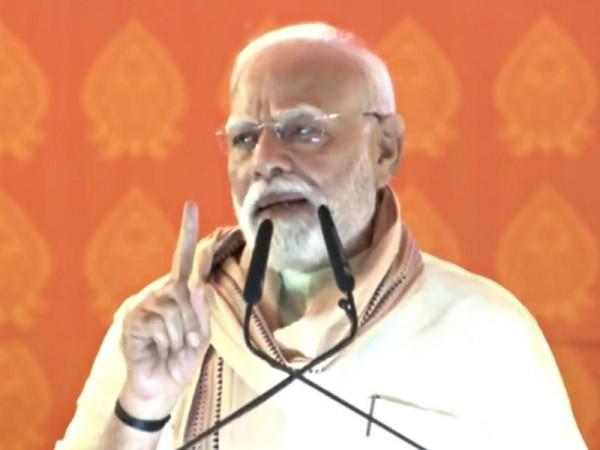
India has witnessed a remarkable digital transformation over the past decade, a journey that has reshaped the nation's socio-economic landscape. Prime Minister Narendra Modi recently highlighted this transformation, driven by initiatives such as the JAM (Jan Dhan-Aadhaar-Mobile) trinity, Unified Payments Interface (UPI), government e-marketplace (GeM), and the National Agriculture Market (e-NAM). These initiatives have not only revolutionized financial transactions but have also impacted various sectors, including governance, education, healthcare, and commerce.
The Prime Minister shared an article on the social media platform X, authored by Minister of State Rao Inderjit Singh, which elaborates on this digital revolution, describing it as "not just about technology, but about transformation and the story is just beginning."
The digital revolution in India began as a series of targeted technological interventions and has evolved into a comprehensive transformation. This journey has been carefully guided by the Government of India through bold policymaking, cross-ministerial collaboration, and a commitment to inclusive growth. Various ministries, such as the Ministry of Electronics and Information Technology (MeitY), the Ministry of Finance (MoF), and the Ministry of Agriculture, have executed large-scale projects on the ground.
Meanwhile, NITI Aayog has served as the policy engine, fostering convergence, driving thought leadership, and nudging the system toward scalable, citizen-first innovations.

A significant milestone in this digital journey was the rollout of the JAM trinity. With over 55 crore bank accounts opened, millions who were previously excluded from the financial system suddenly gained access to banking and direct benefit transfers. This massive financial inclusion movement, supported by the Ministry of Finance and enabled by Aadhaar and mobile penetration, laid the groundwork for what came next: a fintech explosion.
The UPI, developed by the National Payments Corporation of India (NPCI) under the guidance of the Reserve Bank of India (RBI), has revolutionized the way Indians transact. Initially a novel way to send money to a friend, UPI quickly became the lifeline of small businesses, vegetable vendors, and gig workers. Today, India records over 17 billion UPI transactions each month, and even roadside vegetable sellers accept digital payments with a simple QR code. This transformation has not only facilitated ease of transactions but has also contributed significantly to the formalization of the economy.
Beyond financial transactions, the government e-marketplace (GeM) and the National Agriculture Market (e-NAM) have played pivotal roles in reshaping commerce and agriculture. GeM has streamlined procurement processes for government departments, ensuring transparency and efficiency. On the other hand, e-NAM has connected farmers to a national network of agricultural markets, enhancing their access to better prices and reducing the role of intermediaries. These platforms have empowered small entrepreneurs and farmers, providing them with opportunities to thrive in a digital economy.
India's digital transformation is part of a broader narrative of the country's rise as a global digital powerhouse. The nation's commitment to digital innovation is evident in its ambitious plans for the future. India is poised to lead the next wave of technological advancements in 5G, artificial intelligence (AI), and the Internet of Things (IoT). Collaborations with global technology leaders such as Ericsson, Qualcomm, Cisco, and Nokia are set to prepare India's youth to command the frontiers of digital innovation.
The digital transformation has also been a catalyst for India's economic growth. Prime Minister Modi has highlighted that India is on the verge of becoming the third-largest economy in the world. The myriad economic opportunities the country offers are attracting global attention, with initiatives like the India-EU Free Trade Agreement promising to boost trade and economic cooperation. The introduction of UPI for cross-border payments between India and Cyprus is a testament to India's growing influence in the global financial landscape.
Related

















